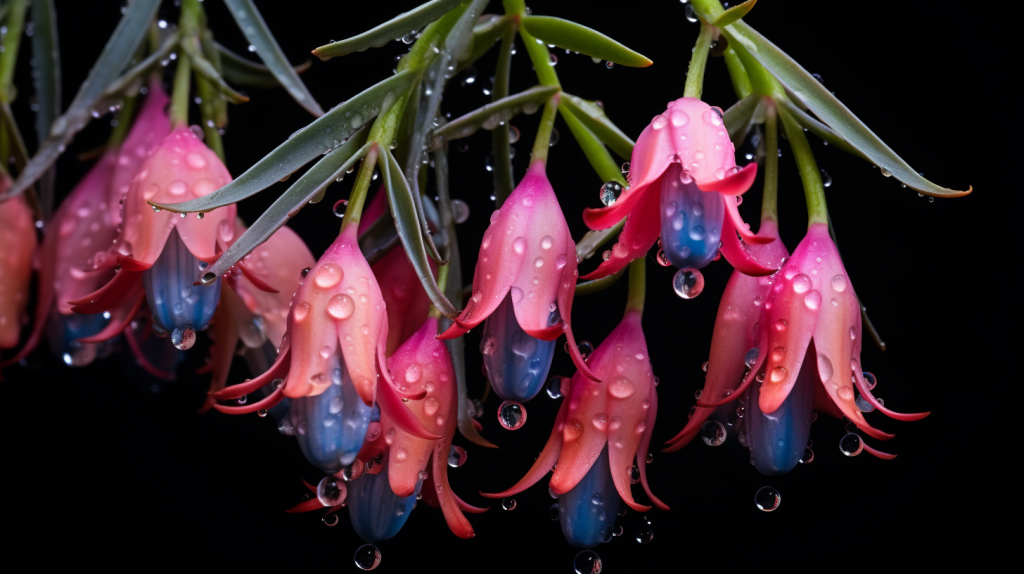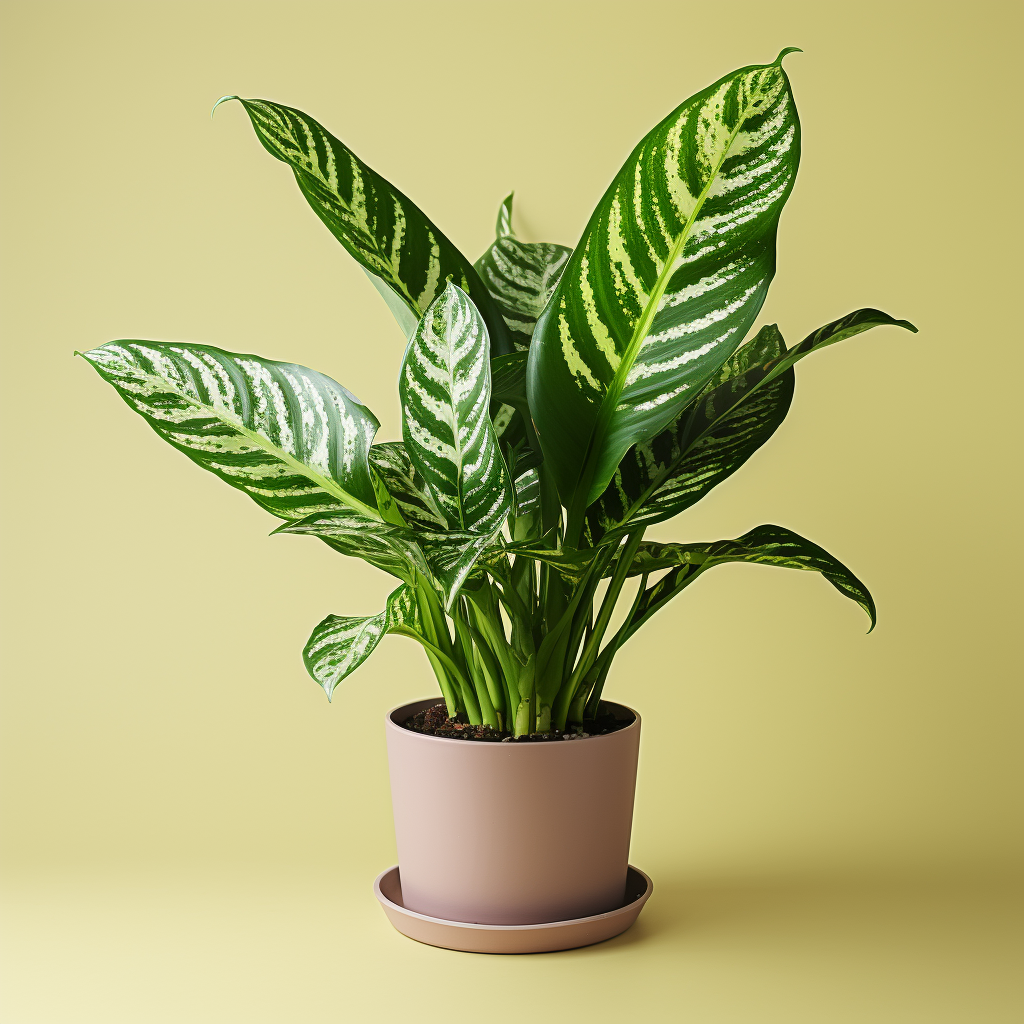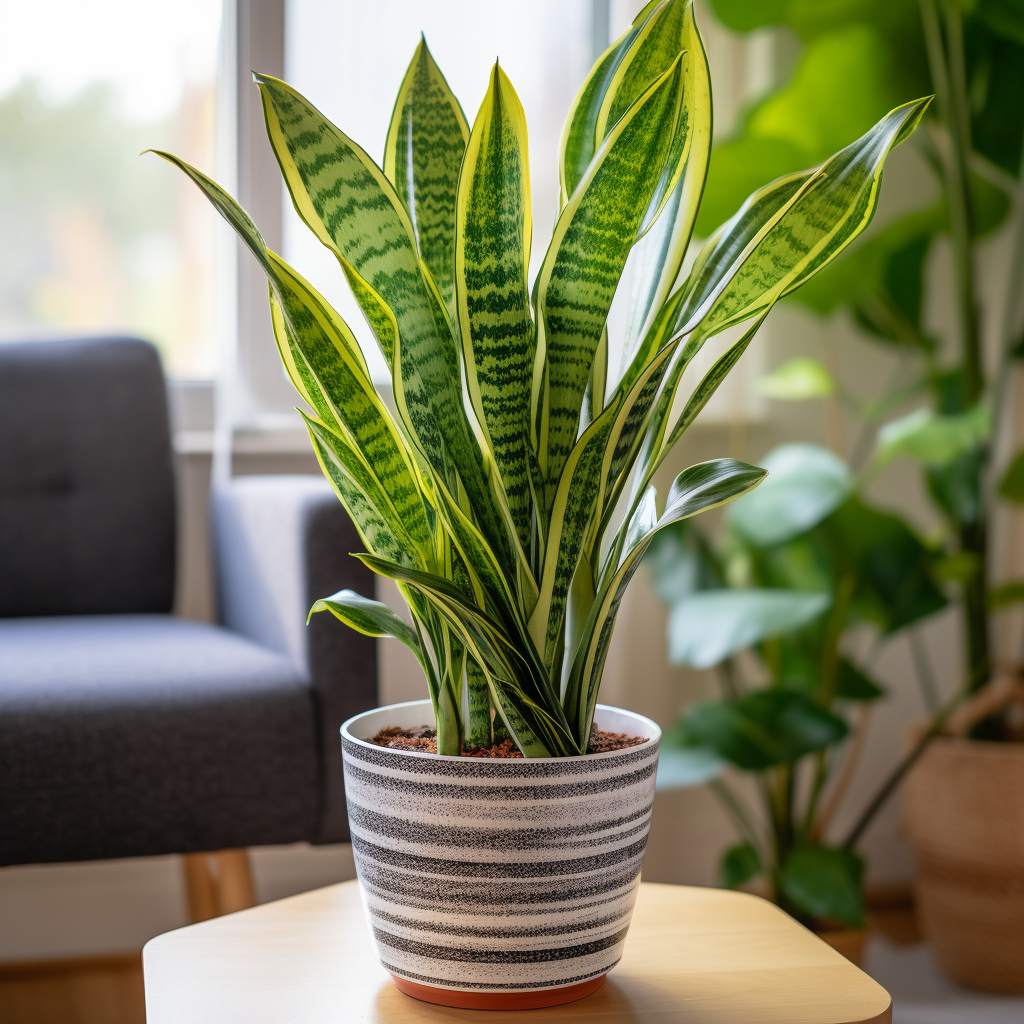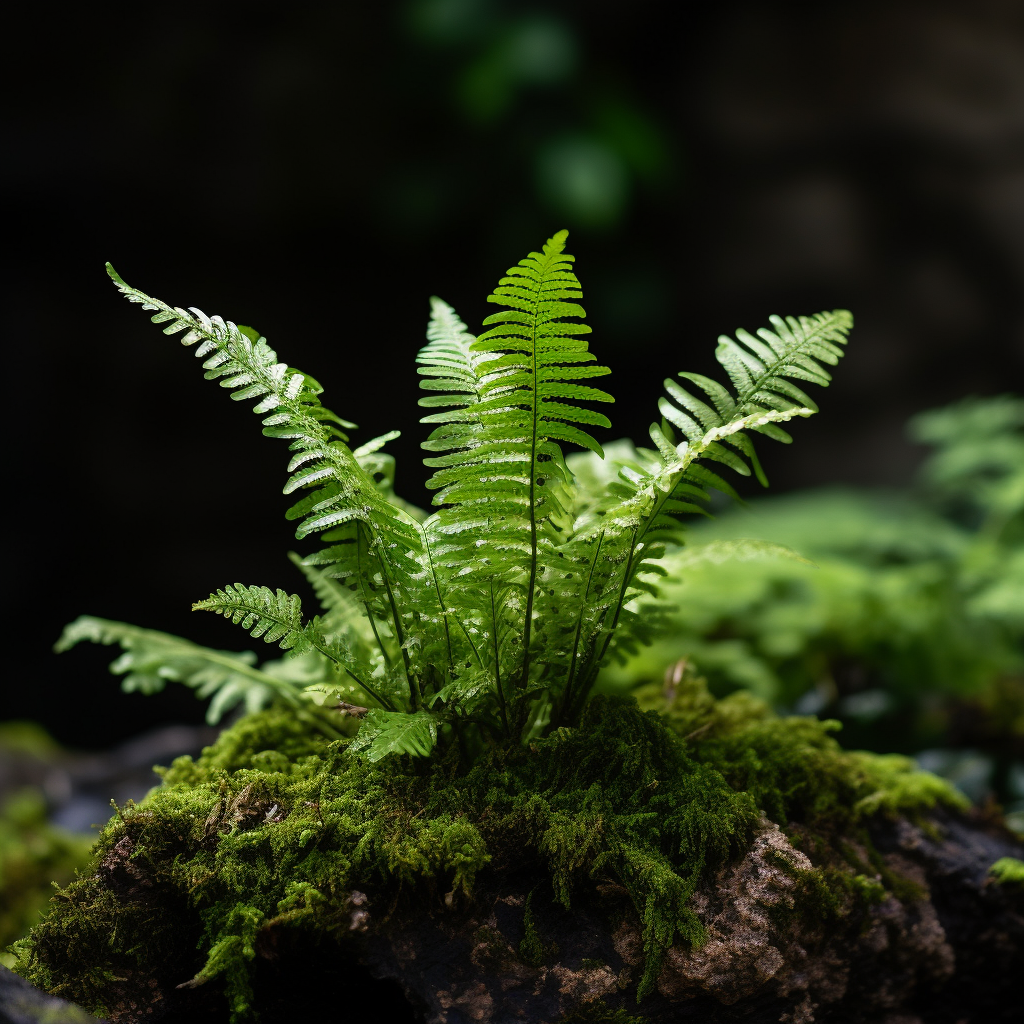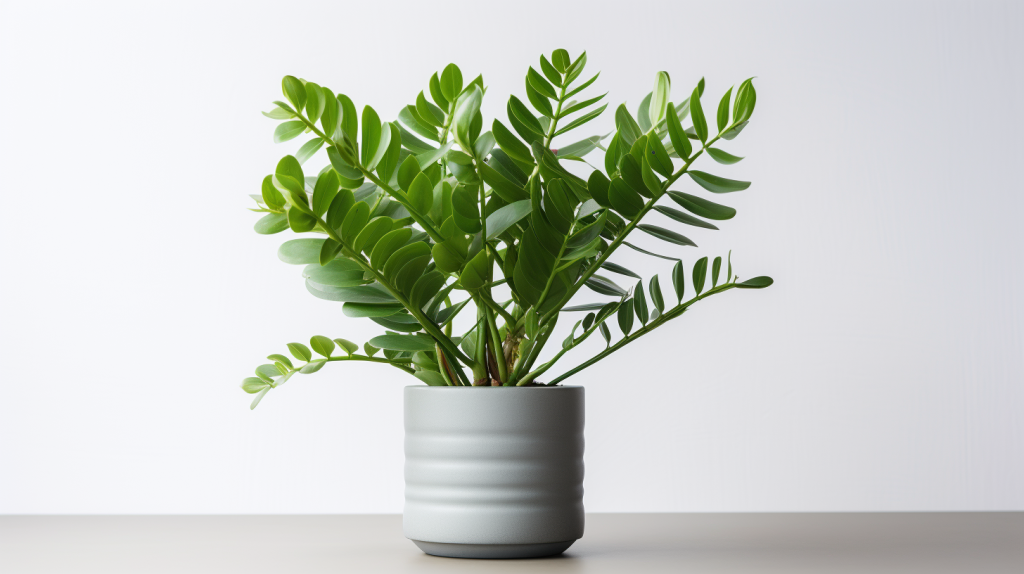Affectionately known as the ‘Queens Tears Plant’, the Billbergia Nutans graces homes and gardens with its majesty and beauty. This remarkable plant is a staple in the Bromeliad family, hailing from South America, predominantly Brazil, Uruguay, and Argentina. It’s alternatively known as the ‘Friendship Plant’ due to the ease of propagating and sharing its offsets.
Description Of Queens Tears Plant?
The Queens Tears plant is a charming epiphyte with long, slender leaves forming a rosette structure. These leathery leaves, typically banded in silver, create a well that collects water, symbolizing the plant’s tropical rainforest origins. What truly distinguishes this plant, though, is the stunning cascade of flowers that emerges in the spring.
What Does The Queens Tears Plant Look Like?
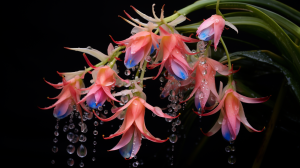
When you set eyes on a Queens Tears Plant, it is immediately captivating. The foliage is arching and narrow, with leaves that grow up to 18 inches in length. The real show-stopper, however, is the flower stalk which shoots from the center of the rosette, carrying pink bracts that contrast vibrantly with the drooping, tubular flowers. These enchanting flowers, featuring blue petals and yellow stamens, appear to ‘weep’, thus inspiring the plant’s regal nickname.
Queens Tears Plant Flowering
The flowering period of the Queens Tears Plant is indeed a spectacle to behold. Generally, this bromeliad blooms in the spring, offering delicate flowers that dangle like ornamental teardrops. Due to their shape and the propensity to secrete nectar, these blossoms appear to ‘cry’ when they’re disturbed – hence, the plant’s unique moniker.
Queens Tears Plant Display
When displaying your Queens Tears Plant, consider its natural habitat. It thrives in bright but indirect light. It can, however, tolerate lower light conditions, but with a lesser bloom output. Hanging baskets are an ideal setting to showcase the plant’s cascading beauty, especially when it’s in full bloom.
Is The Queens Tears Plant Poisonous?
For those concerned about pet safety, you’ll be relieved to know that the Queens Tears Plant is non-toxic to pets. However, always remember that any plant can cause reactions in certain animals if ingested or touched excessively.
Queens Tears Plant Facts
The Queens Tears Plant is more than just a pretty face. It boasts a host of impressive features and characteristics. Here are some noteworthy facts presented in a table format:
| Fact | Description |
|---|---|
| Native to | Brazil, Uruguay, and Argentina |
| Family | Bromeliad |
| Genus | Billbergia |
| Light Requirements | Bright, indirect light |
| Toxicity | Non-toxic to pets |
| Bloom Period | Spring |
| Common Names | Queens Tears, Friendship Plant |
Caring For Queens Tears Plant
The care regimen for the Queens Tears Plant is relatively straightforward, making it a joy for any plant enthusiast to maintain. Here’s a snapshot of the plant care requirements:
| Care Aspect | Guidelines |
|---|---|
| Watering | Maintain a steady water supply, filling the central well of the rosette |
| Soil | Well-draining, bromeliad or orchid mix |
| Light | Bright, indirect light, but can tolerate lower light |
| Temperature | 60-80°F |
| Humidity | Moderate to high |
| Fertilizer | Diluted liquid fertilizer every 1-2 months during the growing season |
Common Problems
Despite the hardiness of the Queens Tears Plant, a few common issues might arise, including leaf discoloration due to overwatering, browning tips from low humidity, or a lack of flowering caused by insufficient light.
Frequently Asked Questions
- What is the ideal temperature for the Queens Tears Plant?
The plant prefers a temperature range between 60 to 80°F. - When does the Queens Tears Plant bloom?
It typically blooms during the spring. - Is the Queens Tears Plant safe for pets?
Yes, this plant is non-toxic to pets. - How often should I water the Queens Tears Plant?
Keep a consistent water supply, filling the central well of the rosette but avoiding waterlogged conditions. - What kind of light does the Queens Tears Plant need?
It thrives best in bright, indirect light but can also tolerate lower light conditions.
Conclusion
The Queens Tears Plant, or Billbergia Nutans, is a fascinating addition to any indoor or outdoor space. This easy-to-care-for plant not only offers aesthetic appeal with its cascading flowers but also boasts resilience and adaptability. It truly embodies the spirit of friendship, rewarding those who care for it with an unforgettable, tearful spectacle each spring.
References
- Bromeliad Society International. (n.d.). [Billbergia Nutans – Bromeliad Society International]. Retrieved July 22, 2023, from www.bsi.org.
- Pet Poison Helpline. (n.d.). [Pet Safe Plants]. Retrieved July 22, 2023, from www.petpoisonhelpline.com.
- University of Florida, IFAS. (n.d.). [Bromeliads at a Glance – UF/IFAS Extension]. Retrieved July 22, 2023, from edis.ifas.ufl.edu.

